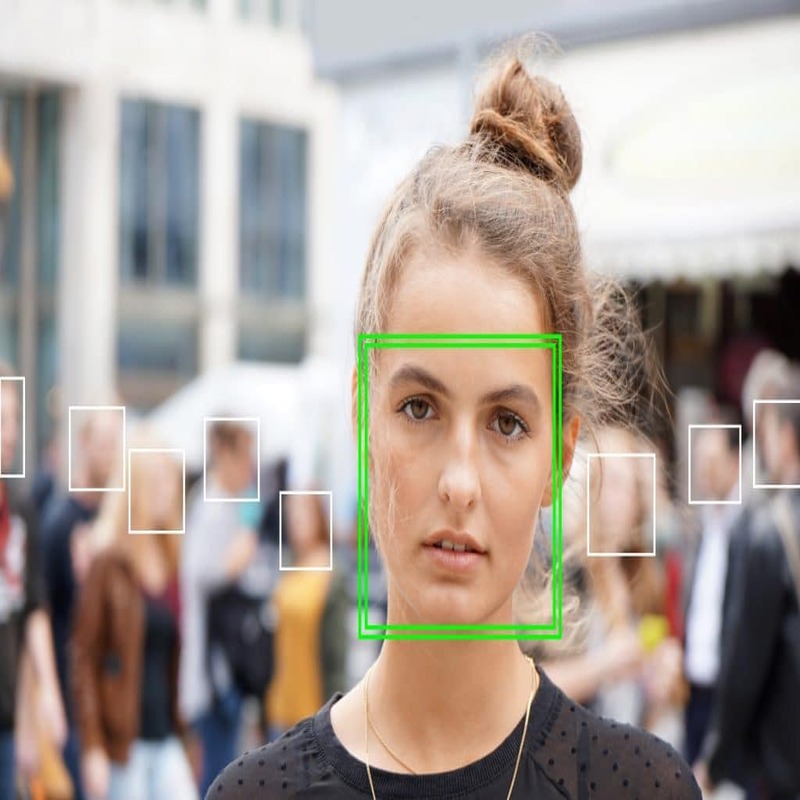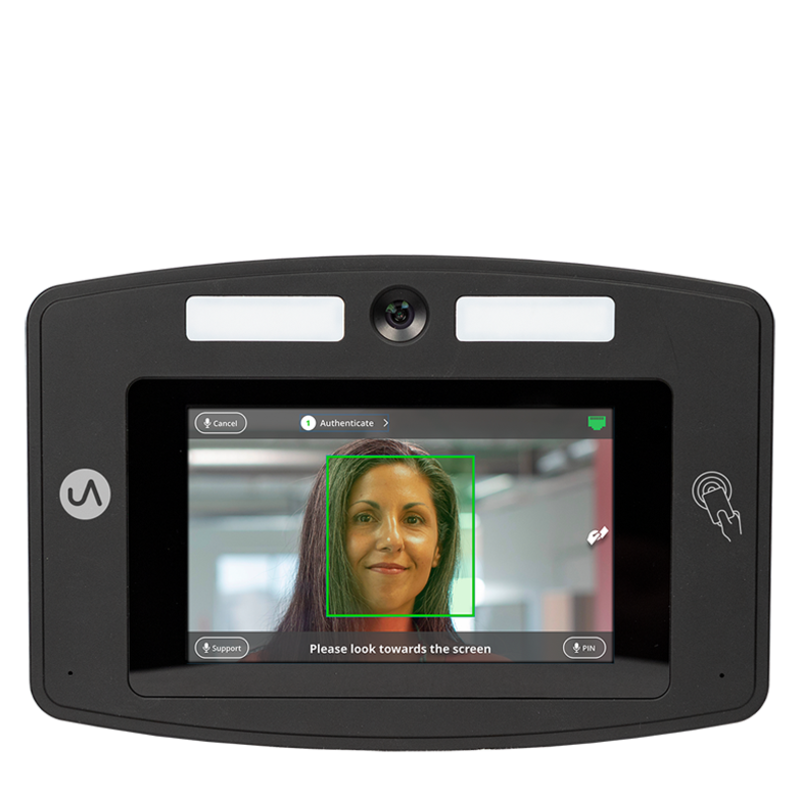Facial recognition technology has revolutionized various domains, such as security, marketing, and personal photo organization. This technology uses algorithms to identify and verify individuals by analyzing facial features. As the demand for such technology continues to grow, free online platforms have emerged. These platforms offer users convenient access to facial recognition services without any financial commitment. However, they also raise important privacy and ethical considerations that must be addressed.
Understanding Facial Recognition Technology
Facial recognition relies on advanced algorithms that process images. These algorithms analyze key facial features, such as the distance between the eyes, the shape of the nose, and the contour of the jaw. By focusing on these unique traits, the software can create a digital representation of a face. This representation helps in matching faces in a database. Moreover, these processes occur in mere seconds.
How Facial Recognition Works
The technology first captures an image of a person’s face. Next, it converts this image into a mathematical representation, forming what is called a faceprint. The software then compares this faceprint against a database of existing faceprints. If there’s a match, it can confirm the identity of the person. Interestingly, variations—like different lighting conditions, expressions, or ages—can affect recognition accuracy.
Importance of Accuracy in Recognition
Accuracy in facial recognition is critical. High accuracy rates can boost confidence in security systems and other applications. However, false positives and negatives are concerning. A false positive could mistakenly identify someone as a criminal, while a false negative might fail to recognize a suspect. Therefore, developers constantly work on improving their algorithms. They aim for better accuracy while reducing errors.

Benefits of Using Free Online Facial Recognition Services
Free online services democratize access to facial recognition technology. They allow individuals and businesses to utilize sophisticated tools for various purposes. Notably, they do so without financial barriers. Thus, both small startups and individual users can benefit from these tools.
Cost-Effective Options for Businesses
For businesses, cost is a crucial factor. Many small enterprises cannot afford expensive software. Free online facial recognition platforms provide them with essential features to enhance security and customer engagement. By implementing these tools, businesses can streamline operations while keeping expenses in check. Additionally, they can improve marketing strategies.
User-Friendly Interfaces
Most free online facial recognition platforms emphasize user experience. These services offer intuitive interfaces that make them accessible to everyone. Users do not need to possess technical skills. As a result, they can easily upload images and obtain results. This user-friendly approach encourages broader adoption of facial recognition technology across various sectors.
Ethical Considerations in Facial Recognition
While facial recognition offers numerous benefits, its ethical implications cannot be ignored. Privacy concerns arise when individuals assume their images are not being captured. Moreover, the potential for misuse, such as surveillance, adds to the complexity. These issues pose significant challenges to both developers and users alike.
Privacy Issues Surrounding Facial Recognition
Many people worry about their images being stored without consent. This concern is especially prevalent in public spaces. Additionally, individuals may feel uncomfortable knowing that their movements could be monitored. As a result, regulations are increasingly being discussed to protect personal information. Balancing innovation with user privacy is paramount in this evolving field.
Potential for Misuse and Surveillance
The potential for misuse of facial recognition technology raises alarms. Authorities could exploit it for unauthorized surveillance, which poses risks to civil liberties. Moreover, biased algorithms can lead to unfair treatment of minority groups. Thus, it is essential for developers to work towards creating responsible systems. Encouraging transparency can also help mitigate these risks.

Leading Free Online Facial Recognition Tools
Numerous free platforms cater to various needs. Some tools focus on specific applications, while others provide all-around solutions. Users can find platforms that stand out through features, usability, and output quality. Each of these services has unique selling points, appealing to different audiences.
OpenCV: The Open Source Solution
OpenCV is a popular open-source library for computer vision tasks, including facial recognition. It provides comprehensive tools for developers. Users can customize their facial recognition systems by leveraging OpenCV’s capabilities. Moreover, it enables users to build applications from scratch, thus implementing specific features that meet their needs.
Face++: User-Friendly and Versatile
Face++ is a commercial platform that also offers free access for limited usage. Its API allows developers to implement facial recognition in their applications. Additionally, users can take advantage of its user-friendly interface. This feature makes Face++ an ideal choice for beginners looking to experiment with facial recognition technology.
Steps to Use Free Online Facial Recognition Services
Utilizing free online facial recognition services is generally straightforward. However, users should follow specific steps to maximize effectiveness. Understanding these procedures will lead to better outcomes and more accurate results.
Step 1: Choose the Right Tool
Selecting the right platform is crucial. Different services cater to different needs. Users should identify their specific requirements before diving in. Moreover, checking user reviews can provide insight into a platform’s reliability.
Step 2: Prepare Your Images
High-quality images yield the best results. Users should ensure that their images are clear and well-lit. Additionally, using frontal images with minimal obstructions will enhance accuracy. Taking the time to prepare images correctly pays off in the long run.
Analyzing Results and Understanding Limitations
After using a facial recognition service, users receive output that requires interpretation. Understanding the results accurately is crucial for informed decision-making. Users should also be aware of the limitations inherent in each system.
Interpreting Output Results
Most free online facial recognition platforms return percentages indicating similarity. Users should evaluate these percentages in context. A high percentage suggests a strong match, while a low percentage indicates a weak connection. Users must analyze the results critically and utilize them accordingly.
Recognizing System Limitations
It is essential to acknowledge that no system is perfect. Facial recognition technology can struggle in challenging conditions. Factors such as poor lighting or obstructions can hinder performance. Additionally, different algorithms have varying accuracy levels. Users should exercise caution and not solely rely on technology for crucial decisions.

The Future of Free Online Facial Recognition
As technology continues to advance, the future of free online facial recognition holds great promise. Innovations will enhance accuracy, efficiency, and accessibility. However, ethical considerations will also demand ongoing attention in this rapidly evolving space.
Emerging Trends in Technology
Researchers are actively working on improving facial recognition algorithms. These enhancements will lead to more accurate and faster systems. For instance, advancements in machine learning may result in improved contextual understanding. Therefore, we can expect more sophisticated tools to emerge in the near future.
The Need for Regulation and Oversight
While technological advancements are essential, regulation is equally crucial. As facial recognition becomes more ubiquitous, clear policies must be established. Governments and organizations should collaborate to ensure the responsible use of this technology. A balanced approach will protect user privacy while promoting innovation.
Conclusion: Balancing Innovation and Responsibility
In conclusion, free online facial recognition services provide essential tools for various users, from individuals to businesses. These platforms democratize access to innovative technology while also presenting crucial ethical concerns. Users should approach the technology carefully, prioritizing privacy and security. As we move forward, maintaining a balance between innovation and ethical responsibility will be key to harnessing the full potential of facial recognition. By doing so, we can navigate the complexities of this exciting field responsibly.


